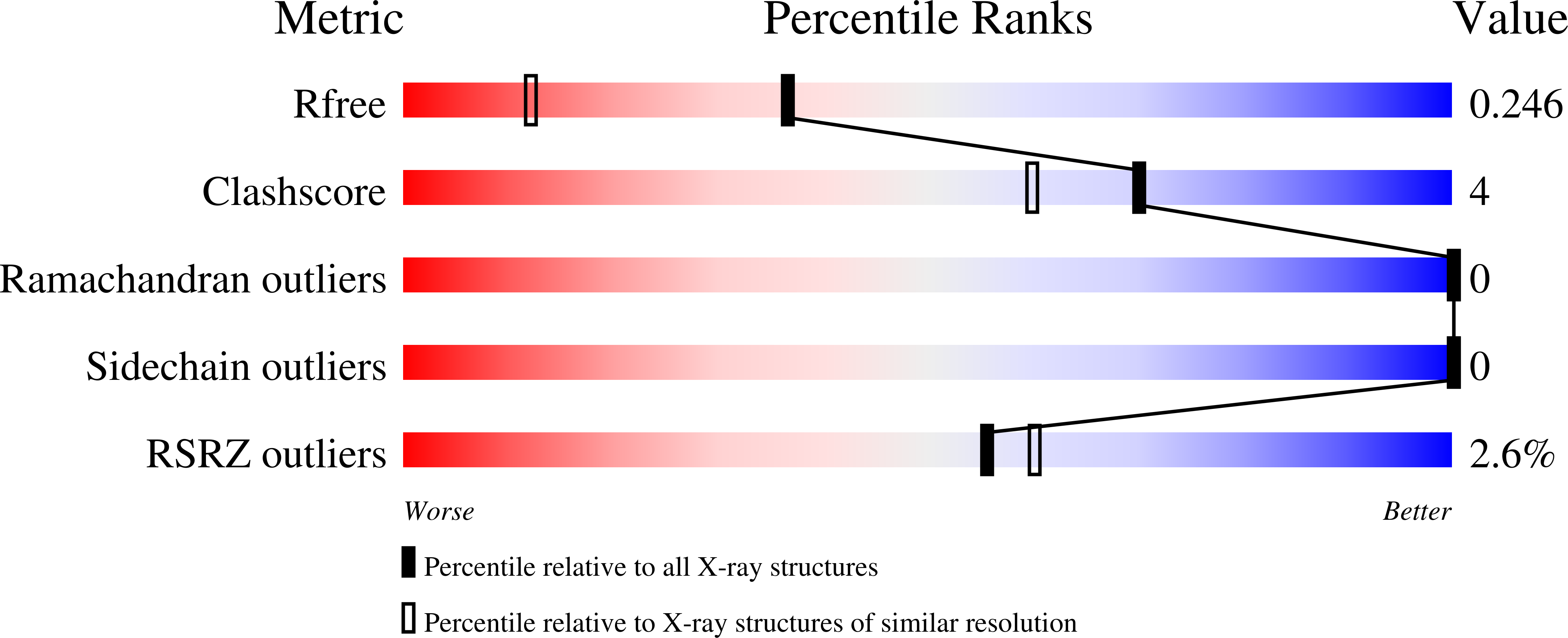
Deposition Date
2020-10-09
Release Date
2020-12-09
Last Version Date
2023-10-18
Entry Detail
PDB ID:
7KDW
Keywords:
Title:
Crystal structure of the bromodomain (BD) of human Bromodomain and PHD finger-containing Transcription Factor (BPTF) bound to Compound 6 (HZ01052)
Biological Source:
Source Organism:
Homo sapiens (Taxon ID: 9606)
Host Organism:
Method Details:
Experimental Method:
Resolution:
1.71 Å
R-Value Free:
0.24
R-Value Work:
0.20
R-Value Observed:
0.20
Space Group:
P 1


